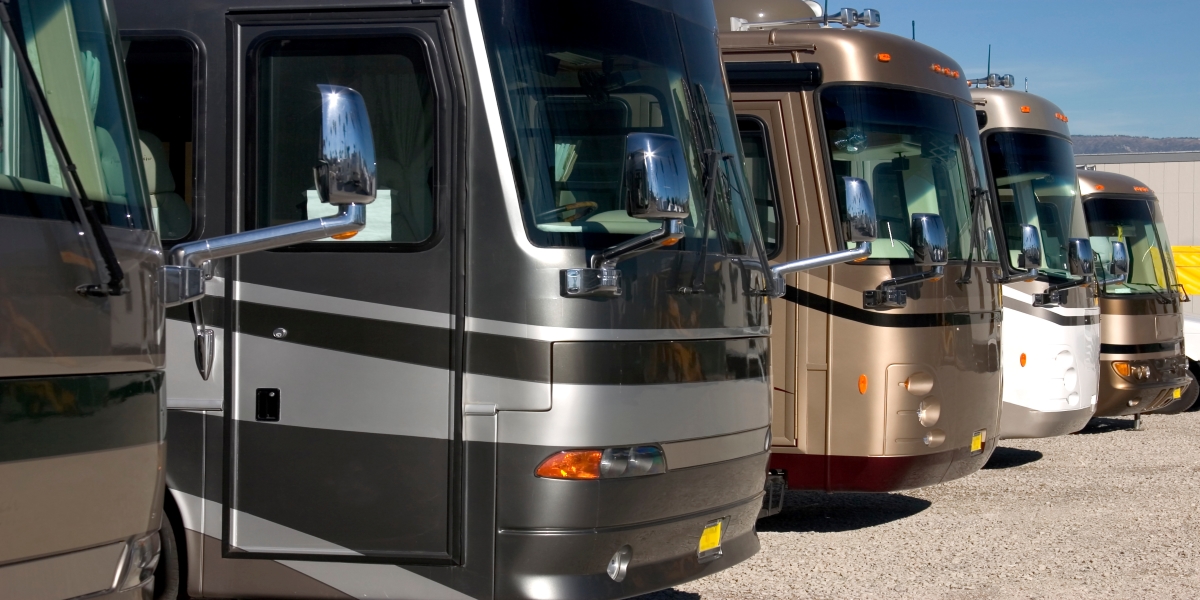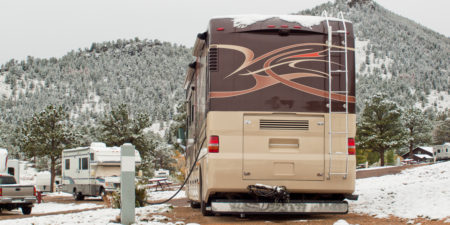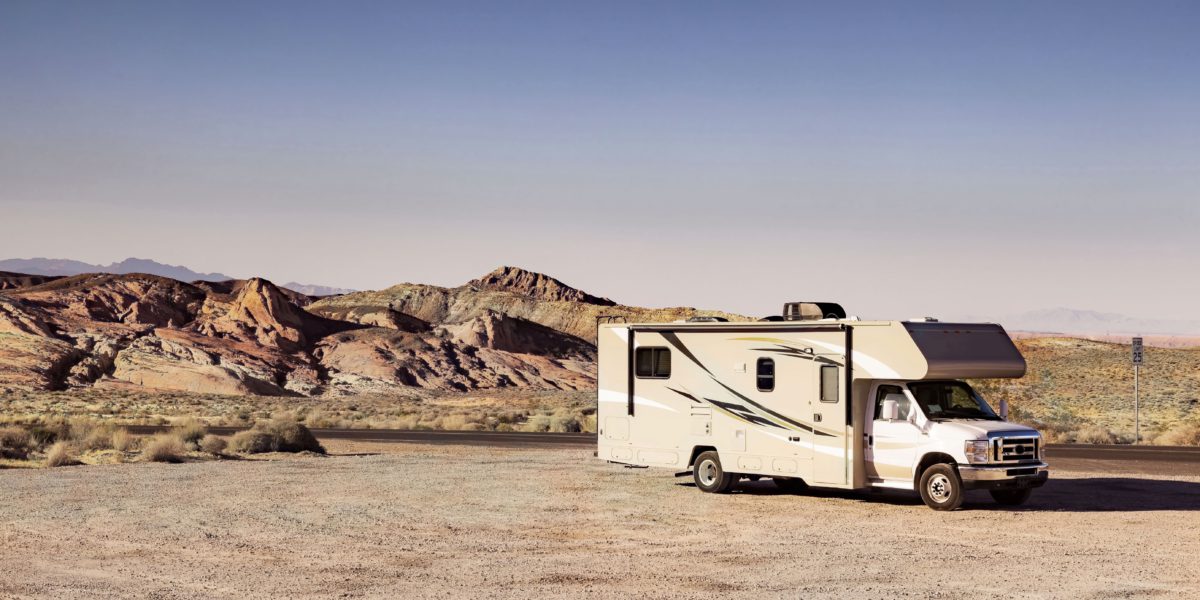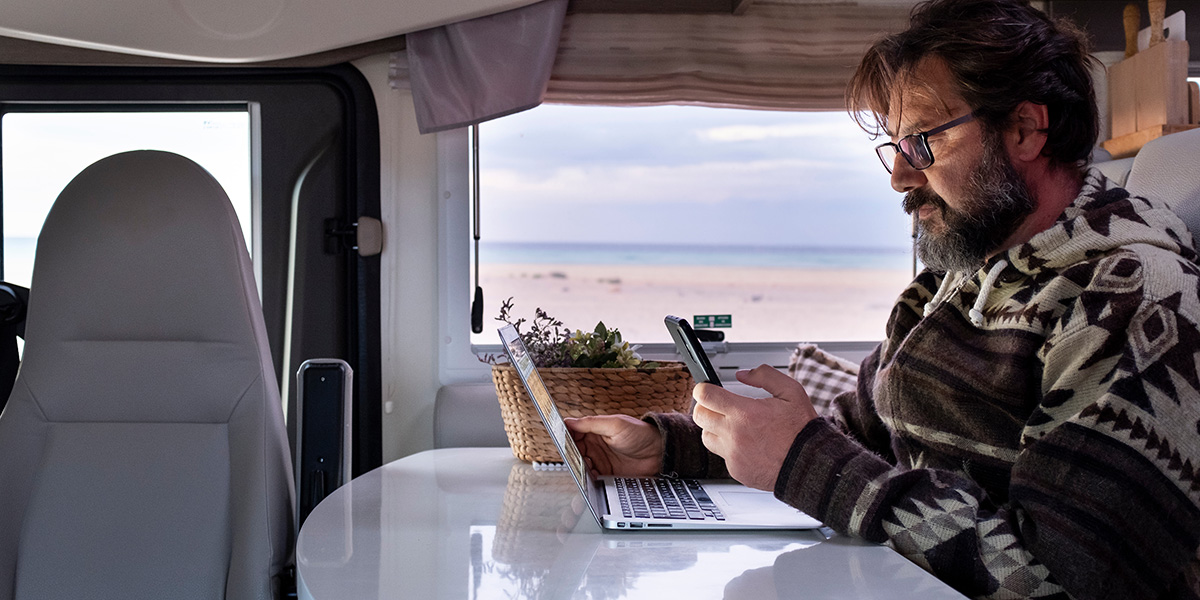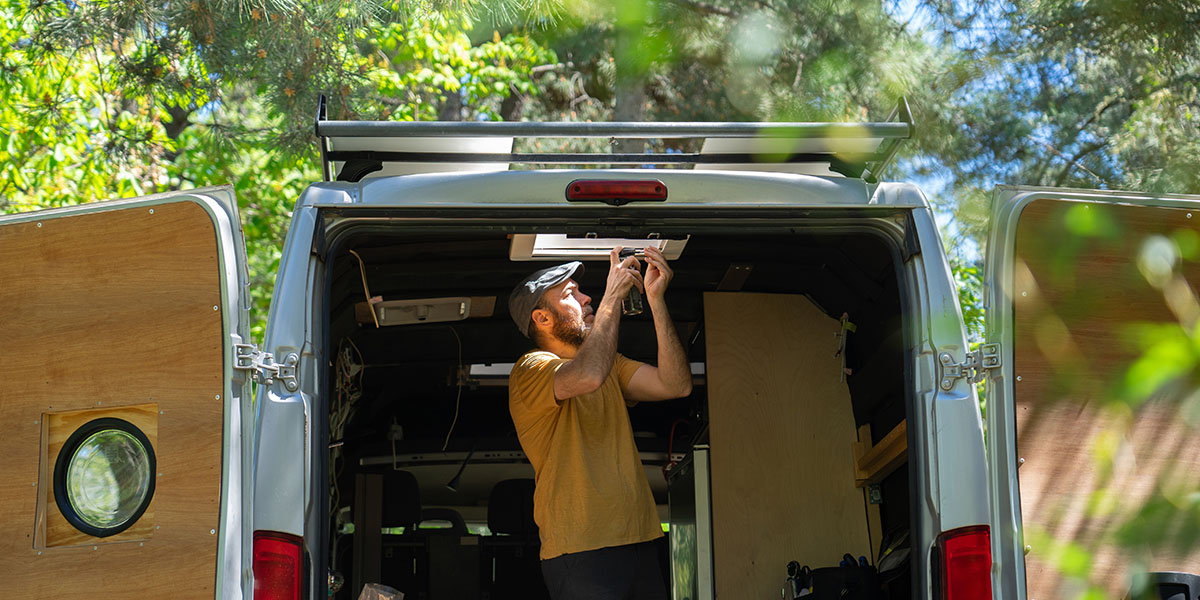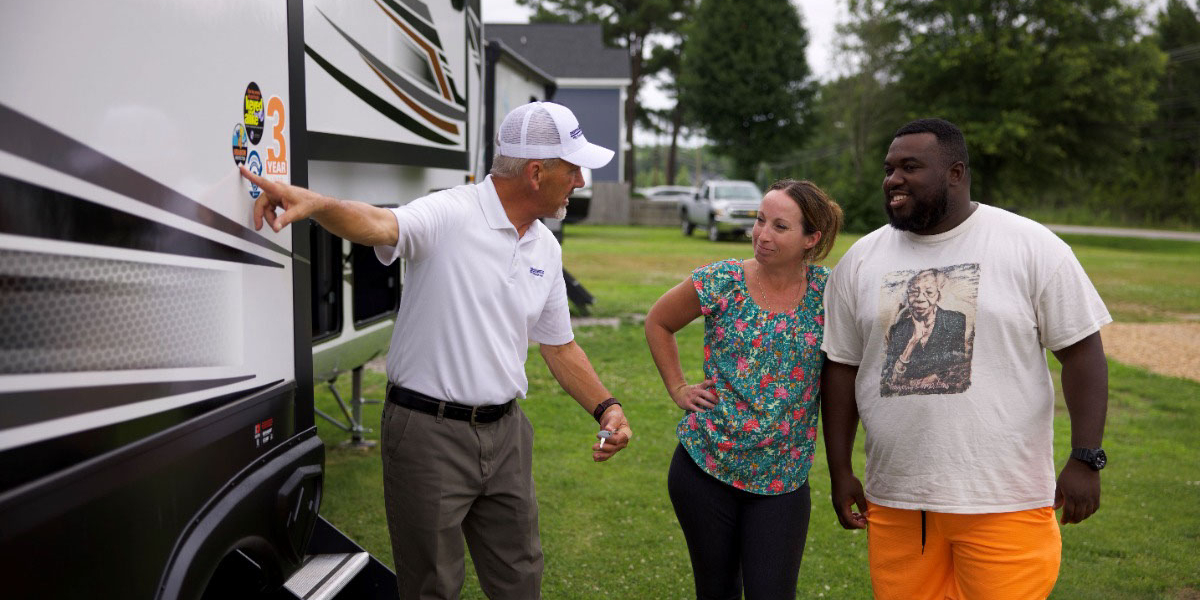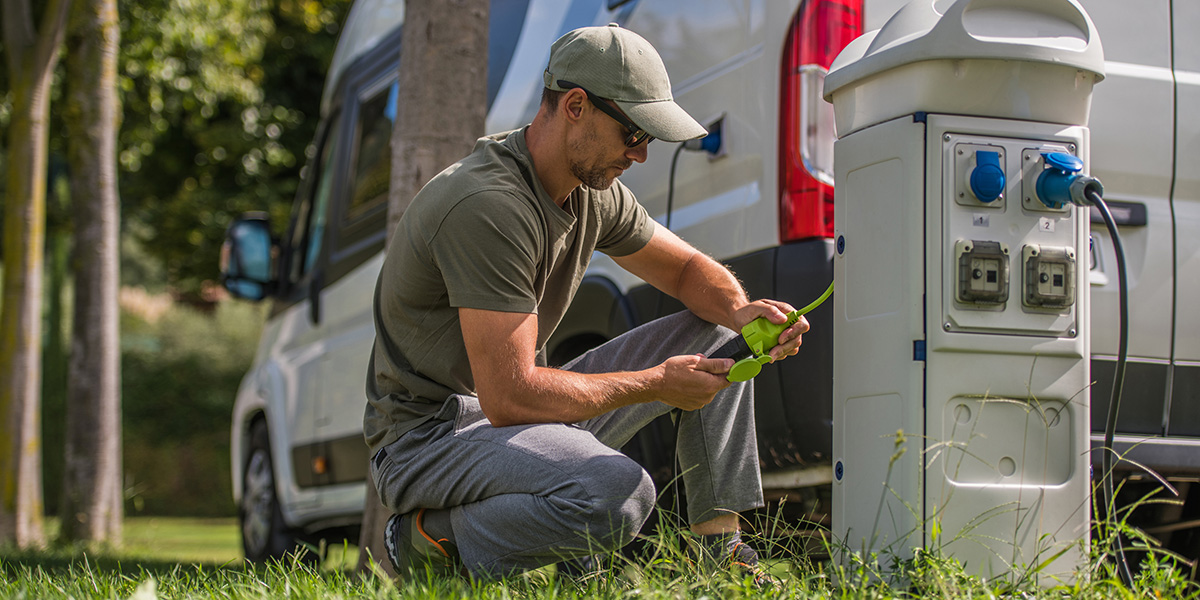The RV lifestyle is full of opportunities, from attending game-day tailgates to venturing into the great outdoors for a reclusive getaway. No matter the activity, you want to be sure to find the best RV to fit your needs. You can narrow down your search by starting with some of the most popular picks among RV shoppers, like yourself. RVTrader.com is the #1 online RV marketplace with a nationwide inventory from both dealers and private sellers.
As your trusted source for all things RVs, we’ve reviewed the most searched recreational vehicles, among new and used models, on our marketplace. Here is RV Trader’s ranking of the top five most popular RVs of 2022. (And for those of you who are wondering which models rank the more highly in the future … here’s a little time travel to the most popular RVs in 2024.)
1. Keystone Sprinter
First up, we have the Keystone Sprinter. This travel trailer is a popular choice for shoppers who search our marketplace because it provides a homelike camping experience. The Keystone Sprinter has the ideal layout for traveling families, from its cozy front kitchen to the spacious living area. The storage and towing stability of this model helps to make outdoor living easier than ever. Make sure to read online Keystone Sprinter reviews to learn about other RVers’ experience with this model.
2. Newmar Dutch Star
Class A RVs attract a wide range of shoppers, from full timers to retirees, which is also the case for the Newmar Dutch Star. This widely sought-after RV is designed with an upscale interior and has plenty of impressive accommodations to match. In fact, the lush design is a frequent highlight throughout Newmar Dutch Star reviews. The Dutch Star is offered in three lengths, ranging from 37 to 43 feet. Over the years, Newmar has updated this classic model to incorporate advanced technology and new features. With all of its amenities, this vehicle is great to take on the ultimate road trip.
3. Grand Design Reflection
Another highly favored fifth wheel RV on our marketplace is the Grand Design Reflection. By combining luxury, value, and towability, the Reflection is a great option if you’re looking for an elevated experience for your weekend getaways. The design isn’t the only modern addition to this RV, but it also features auto leveling and motion sensor LED lighting. Check out a few Grand Design Reflection reviews to get a better sense of this RV’s features and capabilities.
4. Winnebago Travato
The Winnebago Travato has certainly left its mark on shoppers who have browsed the RV Trader Marketplace this year. Unlike the other RVs on this list, the Travato is a Class B RV. This type of RV has a smaller build that makes it a great choice for someone who is new to the RV lifestyle or a couple who require less space than a full sized family would need. Despite its small size, this versatile camper van has everything you need to explore the outdoors, including a private kitchen, bathroom, and bed. Learn more about the Travato’s drivability, floorplan, and more in these Winnebago Travato reviews.
5. Grand Design Imagine
With its oversized tank capacity, drop frame pass through storage, and high capacity furnace, it’s easy to see why the Grand Design Imagine is a top five model for 2022. Another unique highlight worth mentioning is the universal docking station, an all in one location for utilities and hookups. The Imagine is definitely a good fit for those who seek a low maintenance motorhome with a lot of helpful features. Be sure to check out online Grand Design Imagine reviews to see what others have to say about camping in the Imagine.
Whether you’re looking for an RV for recreational activities or outdoor living, one of our top five RVs on our marketplace would be a great starting point for your search. To gain more insight on these popular models, head over to RVinsider.com to read online reviews. Make sure to browse the nationwide inventory of new and used RVs at RVTrader.com.
